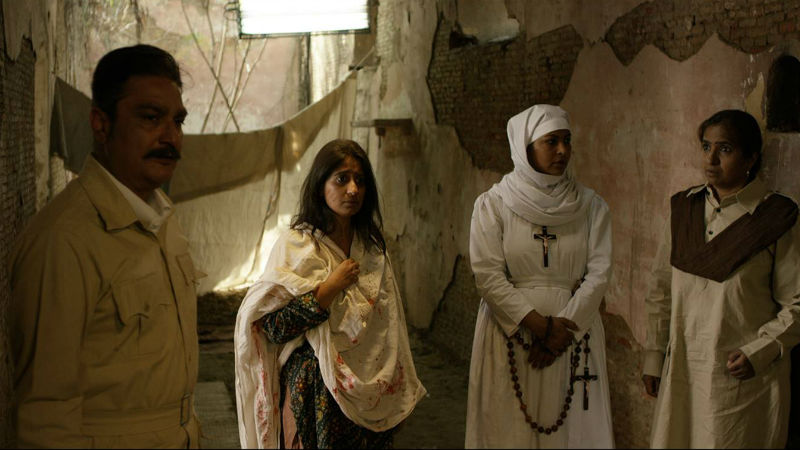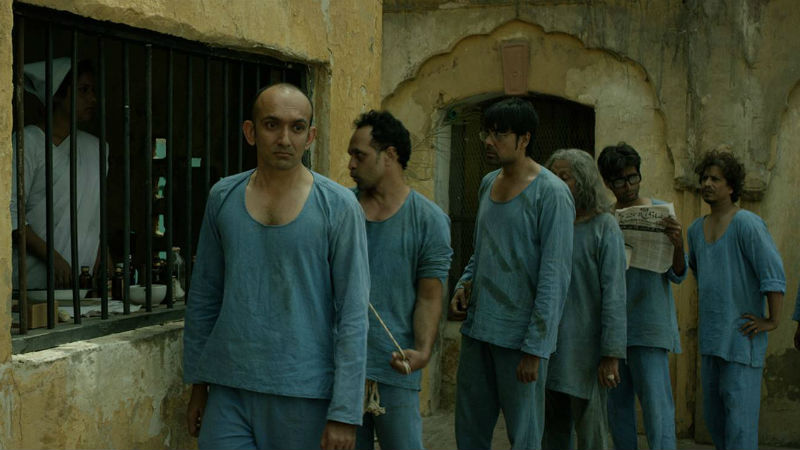Launched in 2002, DokuFest is now firmly established as one of the most important film events in the Balkans, and the largest one in Kosovo. American filmmaker AJ Shnack recently described it as one of best international documentary festivals in the world.
It includes a diverse programme of documentaries and short films from every corner of the world screened in theatres and impromptu venues in the Medieval city of Prizren (pictured above). There are green rolling hills and a majestic fortress quietly overlooking the film action and industry buzz.
Prizren is a multi-ethinic city where languages, culture and religions have existed in harmony for centuries, as a symbol of tolerance for Kosovo and the region. Located on the slopes of Sar Mountains in the southern part of the Republic of Kosovo, Prizren has a major cultural centre throughout history, already mentioned Byzantine and Ottoman times.
This year marks DokuFest’s 15th anniversary. What was once a small initiative quickly grew and became a catalyst for cultural and cinematic revival, and a hub for documentary films in the Balkans, attracting filmmakers from all over the world. Perhaps more significantly, DokuFest is a platform for human rights, environmental protection, cultural heritage and taboo breaking. It has built solid bridges between the peoples of the Balkans and the rest of the world.

Kosovo’s new face
Until recently, people thought of Kosovo as a warzone. Not anymore, and DokuFest played a major role in changing this perception. It has given film professionals and visitors the opportunity to experience a beautiful, safe and fast developing country, alive with culture.
The festival tends to focus on small groups, causes and communities without a voice. The organisers carefully shape the event according to films being shown, with numerous support activities – such as workshops, panels, master classes, and a photo exhibition. Previous strands of the festival included migration, political change and activism, and they have consistently encouraged the discussion religious, sexual and social taboos. This year the main strand is corruption, a very large problem in the country.
This year’s programme is divided into Competition and Special Programme. In the competition section, films are grouped in Balkan Dox, International Dox, Human Rights Dox, Green Dox, International Shorts, and National categories. Sections of the Special Programme include ‘View from the World’, ‘Power, Corruption and Lies’, ‘Europe, we love her’, a tribute to Abbas Kiarostami, a homage to Chantal Akerman and much more.
.

The dirty lowdown
It’s very difficult to select from a pool of more than hundred documentaries and many more short films, but here we have come up with a few recommendations for you.
Depth Two (Ognjen Glavonic) is a story of corpses and death, of war crimes and survival in Kosovo and Serbia. The subject matter of the film is so powerful and universal, that there is no real necessity to be familiar with the geography and history of the Balkans in order to follow its riveting narrative. The film won the Open City Documentary Film festival in London earlier this year, and DMovies wrote a 5-splat review of the movie – just click here in order to read it.
We also recommend keeping an eye on The Awaiting (Roland Sejko, 2014) The documentary reflects on Pope Francis’ visit to Albania in 2014 and country’s 50-year forced atheism. Footage from Albania’s dark past is contrasted against the country’s less oppressive present.
Our dirty pick from the Special Programme ‘Europe, We Love Her’ is The Great Wall (Tadhg O’Sullivan), a very lyrical analogy between the Great Wall of China and the symbolic wall that separates modern Europe from Africa. It uses a short story by Franz Kafka as a narrative backdrop and questions the nature of power. Click here for our film review.
Irish photographer Seamus Murphy returns to the festival to launch the exhibition “The Hollow of the Hand”, a collaboration between him and rock musician PJ Harvey. The project features a collection of poetry and photographs from their trips to Kosovo, Afghanistan and Washington DC (in the US). In addition to the pictures, there will also be three videos documenting their artistic collaboration.
The festival kicks off this Friday August 5th for nine days. It will wrap up on August 13th with a concert by Lebanese singer Yasmine Hamdan. So why not take this opportunity to visit a thriving new nation and see the best documentaries from around the world?
Click here for more information about the event, Prizren and how to get there.












